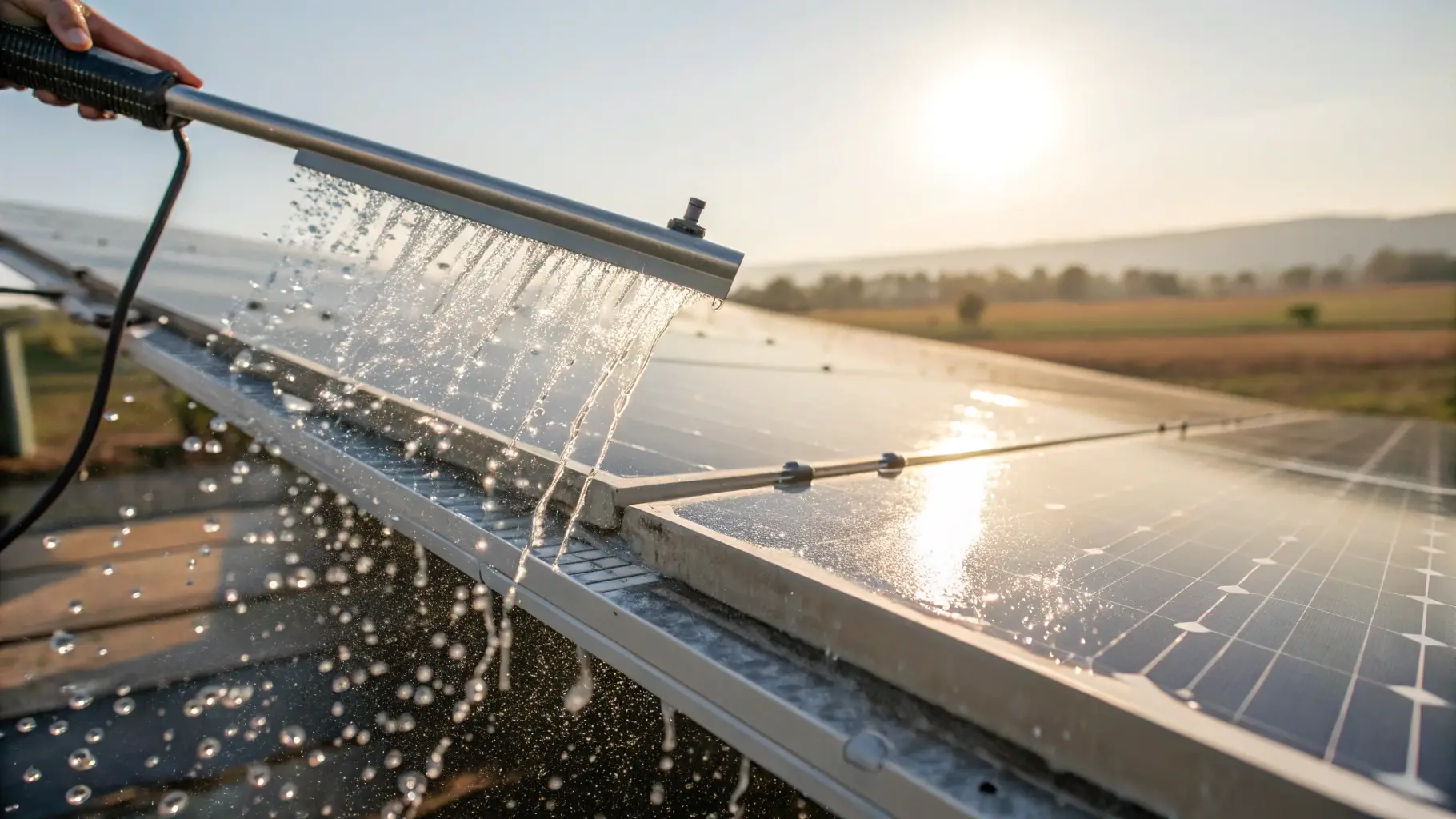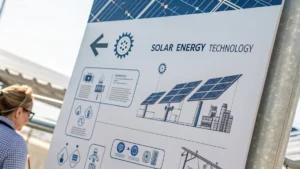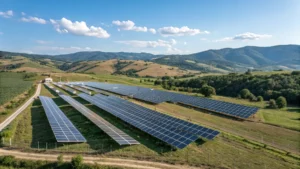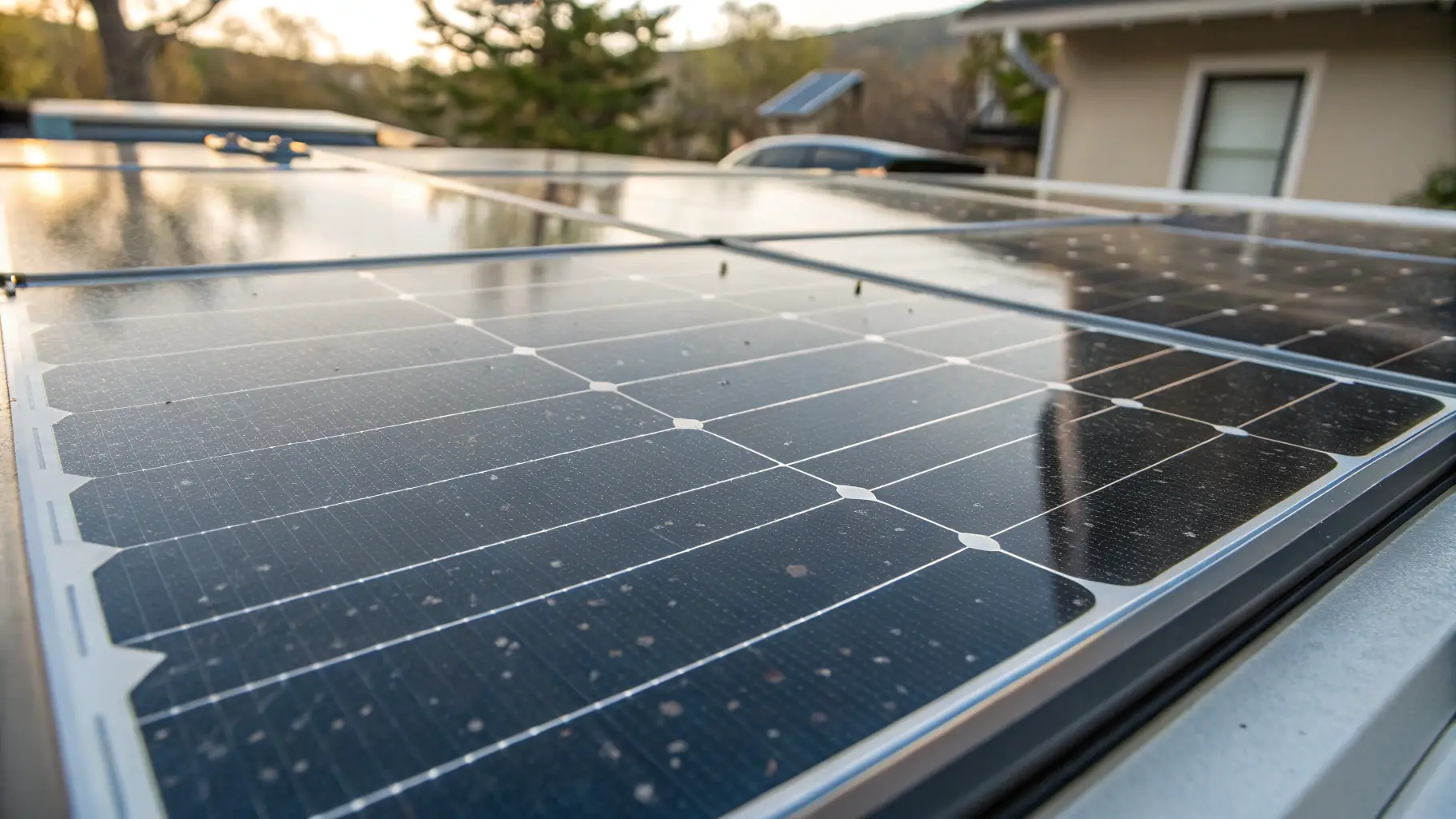As solar energy continues to gain traction as a sustainable power source, the maintenance of solar panels has become a critical concern. Traditional cleaning methods can be labor-intensive and costly, often requiring specialized equipment and personnel. However, self-cleaning systems are emerging as a game-changer in this field, offering a more efficient and cost-effective solution. These innovative systems not only reduce the need for manual cleaning but also enhance the overall efficiency of solar panels by ensuring they remain free from dirt and debris.
The technology behind self-cleaning systems is fascinating and involves advanced materials and engineering. These systems typically utilize hydrophobic and superhydrophobic surfaces that repel water and dirt, allowing rainwater to wash away contaminants naturally. Additionally, some systems incorporate automated mechanisms that activate cleaning processes during specific weather conditions. This means that solar panels can maintain optimal performance with minimal human intervention, making them an attractive option for both residential and commercial installations.
In conclusion, the adoption of self-cleaning systems for solar panels represents a significant step forward in the renewable energy sector. By reducing maintenance costs and improving efficiency, these systems not only benefit solar panel owners but also contribute to the broader goal of increasing the adoption of clean energy. As we look to the future, it is clear that innovation in solar technology will play a crucial role in shaping a sustainable energy landscape.




